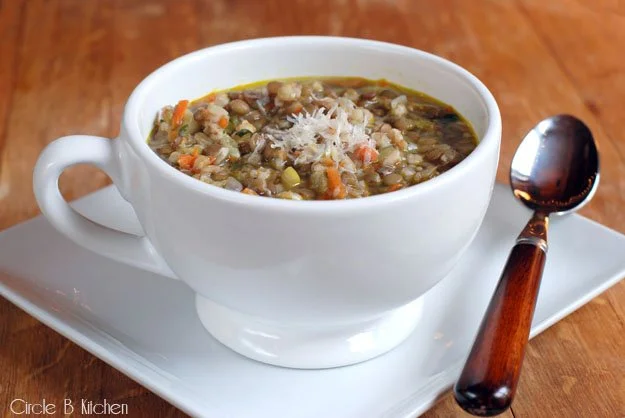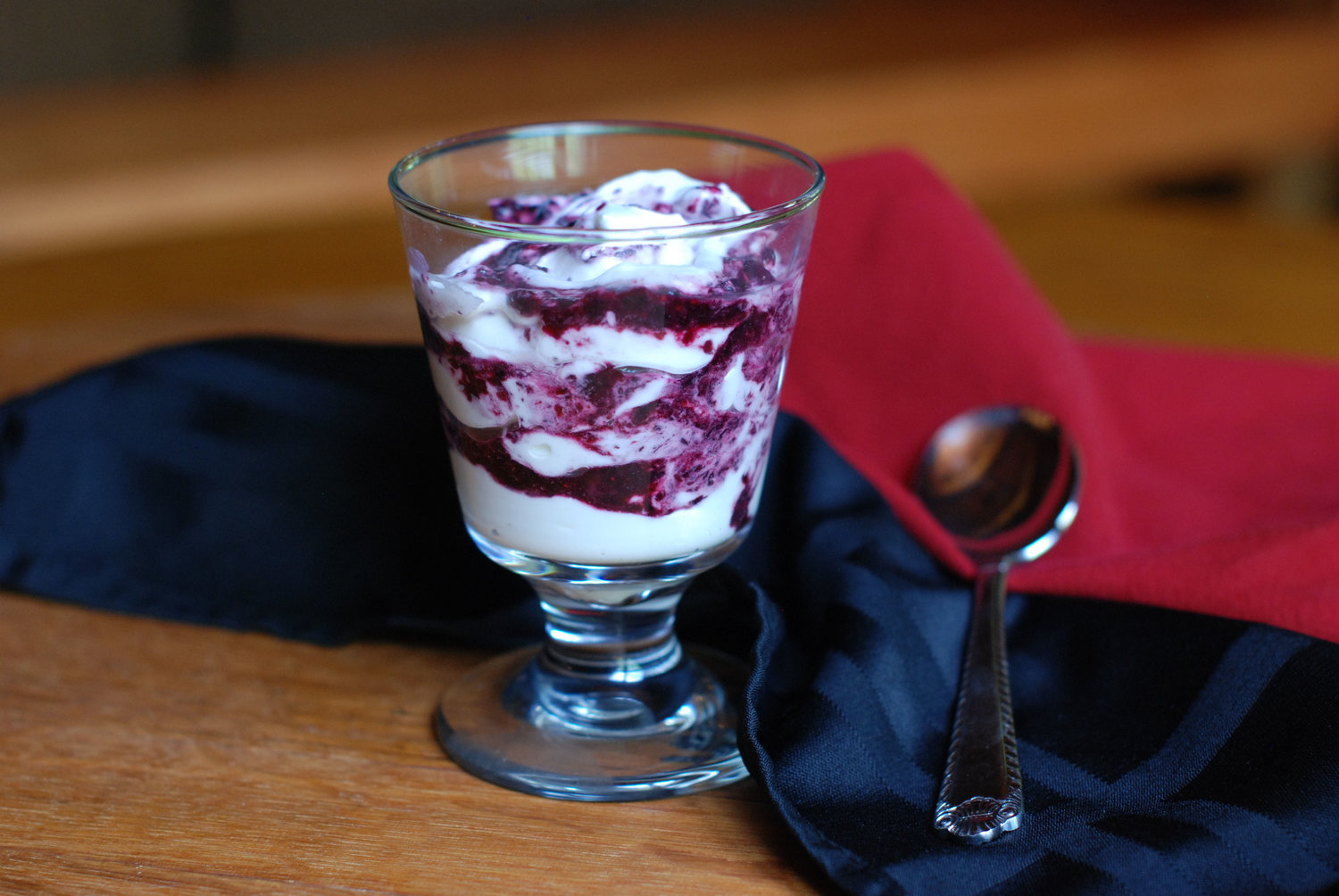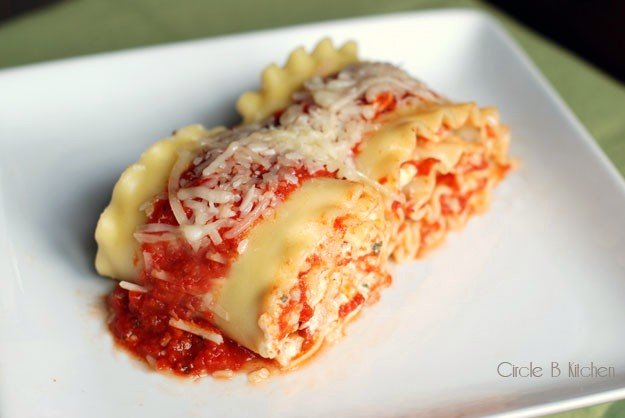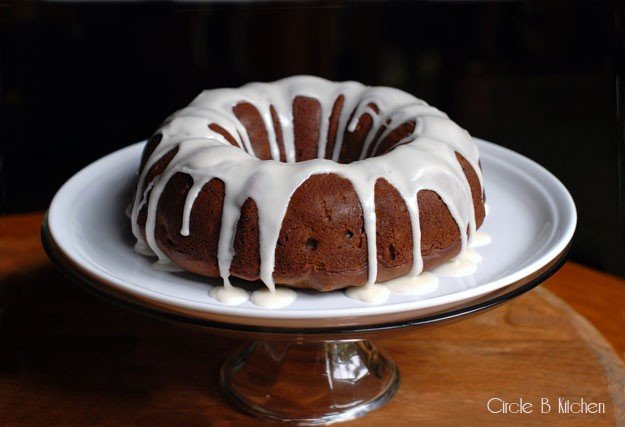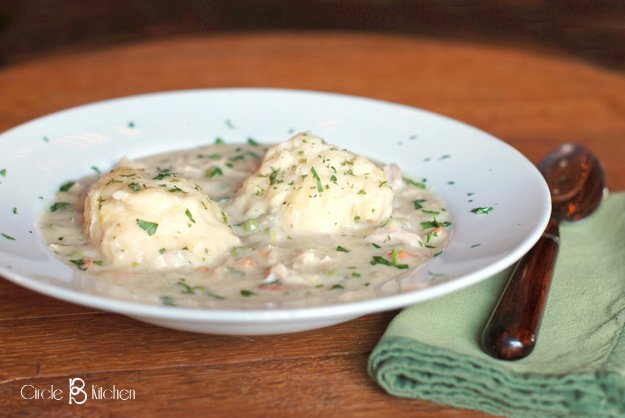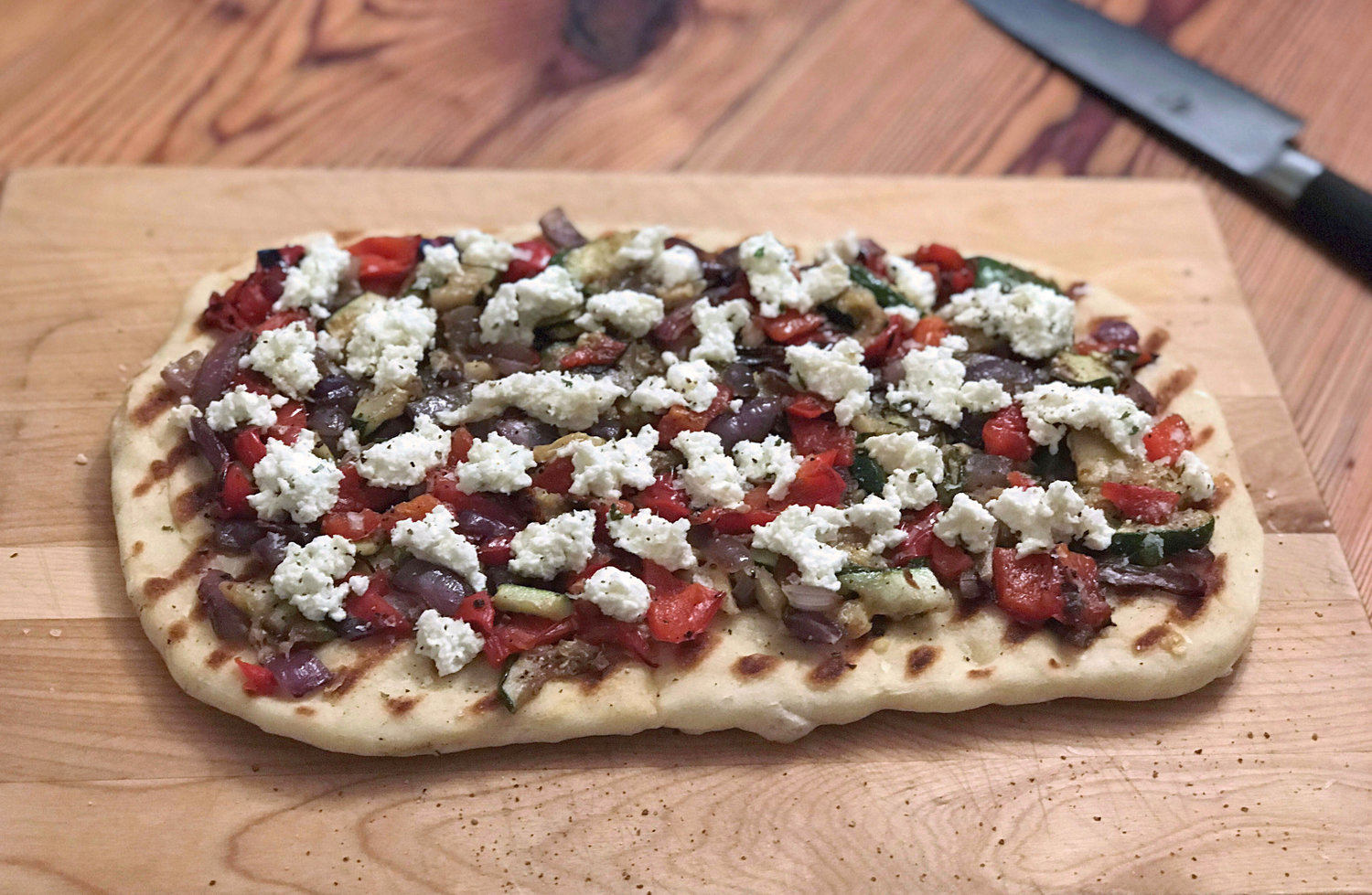Cinnamon Raisin Bread
/I mean who doesn’t love raisin cinnamon bread?? I love it dearly, but have fairly high standards for the stuff. First off, it needs to have some heft to it…yeasty, but still light enough to toast up nicely. It definitely has to have enough raisins in it so you get them in every bite, with lovely, fragrant cinnamon swirls flavoring the whole.
If that sounds good to you, then you really need to think about making this for yourself. It’s actually not at all difficult – I promise! I’ve been making this for about a year now, so I think the kinks have definitely been worked out of it.

I started with the Light Wheat Bread recipe from the Bread Bakers Apprentice cookbook as the basis, added some gluten, for that heft I was talking about, raisins, and a good dusting of cinnamon sugar. I increased the water in the recipe to accommodate the gluten, and it made the dough quite tender and easy to work with.
Since we’re using instant yeast in this, it’s just a matter of combining all your dough ingredients into a bowl, mixing, kneading, rolling into a ball, and letting it rise for a couple of hours.
Then roll it into a rectangle and apply the cinnamon sugar…

Roll it up, place it in your loaf pan and let it rise a final time.
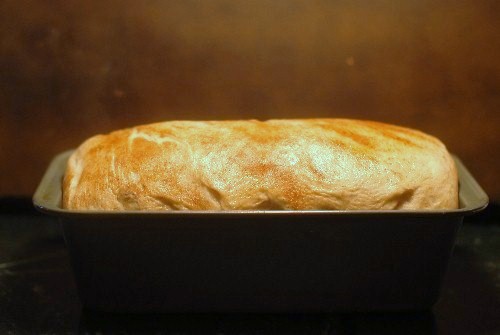
Then bake....

cool and slice. It really is THAT easy. You won’t find this in the store… it’s going to have to come out of your oven. Your people will thank you.
Cinnamon Raisin Bread
3 cups unbleached bread flour
1 cup A-P flour
2 T (.6 oz) gluten flour
2 tablespoons (1 oz.) granulated sugar
1 1/2 teaspoons (.38 oz.) salt
3 tablespoons (1 oz.) powdered milk
1 1/2 teaspoons (.17 oz.) instant yeast
2 tablespoons (1 oz.) shortening or unsalted butter, at room temperature
1 ½+ cups (12 oz.) water, at room temperature (I use closer to 14 oz)
½ cup (+) raisins
1/3 cup sugar and
1 ½ tablespoons cinnamon
1. Whisk together the flours, gluten, sugar, salt, powdered milk, and yeast in a 4-quart bowl of a standing mixer. With the machine running, add the shortening, and 1 ½ cups of the water. When fairly well mixed, slowly add the raisins and continue mixing on low speed until the ingredients form a ball. It should be fairly tacky. If not, add a little more water and continue mixing. It is better for it to be a little too soft that to be too stiff and tough.
2. Knead for another 10 minutes or so to make a firm, supple dough that is slightly tacky but not sticky. Create a ball with the dough, dragging it towards you against the counter to create surface tension. Lightly oil a large bowl and transfer the dough to the bowl, rolling it around to coat it with oil. Cover the bowl with plastic wrap. Ferment at room temperature for 1 1/2 to 2 hours, or until the dough doubles in size.
3. Combine the cinnamon and sugar. Remove the dough to a flat work surface and press it by hand into a rectangle about 8 inches wide, and 10 to 12 inches long. Sprinkle liberally with 3/4 of the cinnamon-sugar mixture. Roll up the length of the dough pinching the crease with each rotation to strengthen the surface tension. It will spread wider as you roll it.
Pinch the final seam closed with the back edge of your hand or with your thumbs. Place the loaf in a lightly oiled 9 x 5 inch bread pan; the ends of the loaf should touch the ends of the pan to ensure an even rise. Brush the top with melted butter and sprinkle with more cinnamon/sugar. Loosely cover with plastic wrap.
4. Proof at room temperature for approximately 60 to 90 minutes, or until the dough crests above the lip of the pan.
5. Preheat the oven to 350 degrees with the oven rack on the middle shelf.
6. Place the bread pan on a sheet pan and bake for 30 minutes. Rotate the pan 180 degrees for even baking and continue baking for 15 to 30 minutes, depending on the oven. The finished loaf should register 190 degrees in the center, be golden brown on the top and the sides, and sound hollow when thumped on the bottom.
7. When the bread is finished baking, remove it immediately from the loaf pan and cool it on a rack for at least 1 hour, preferably 2 hours.






